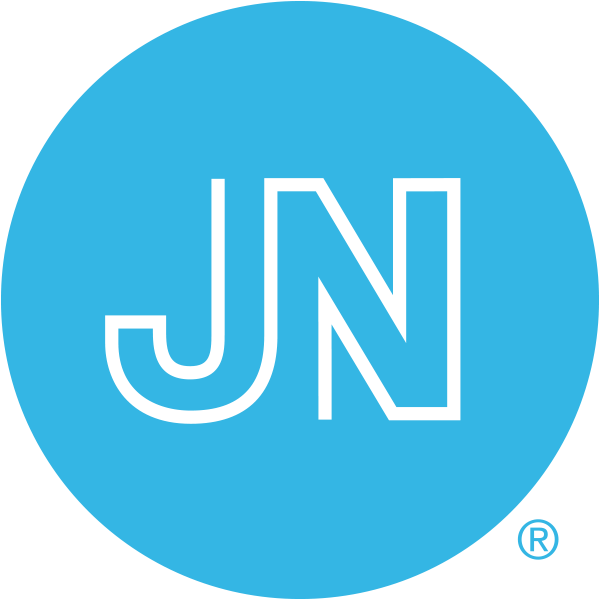Abstract
Background
Long non-coding RNAs regulate malignant behaviors of nasopharyngeal carcinoma (NPC). We aim to investigate the roles and mechanisms of long non-coding RNA maternally expressed gene 3 (lnc-MEG3) in NPC.
Methods
The expression levels of lnc-MEG3 and sequestosome 1 (SQSTM1) in NPC tissues and cell lines were detected by quantitative real-time polymerase chain reaction (qRT-PCR). Cell invasion and migration abilities were evaluated using transwell and wound healing assays, respectively.
Results
Downregulated lnc-MEG3 expression and upregulated SQSTM1 expression were found in NPC tissues and cells. Overexpression of lnc-MEG3 inhibited invasion, migration, and epithelial–mesenchymal transition in NPC cells. Overexpression of lnc-MEG3 reduced the expression level of SQSTM1, and SQSTM1 expression was inversely correlated with lnc-MEG3 level in NPC tissues. Besides, overexpression of SQSTM1 reversed the effects of lnc-MEG3 overexpression. Moreover, knockdown of lnc-MEG3 enhanced NPC progression while its effects were eased by SQSTM1 silence.
Conclusion
Lnc-MEG3 inhibits malignant behaviors by regulating SQSTM1 expression. It may serve as a therapeutic target to treat NPC.




